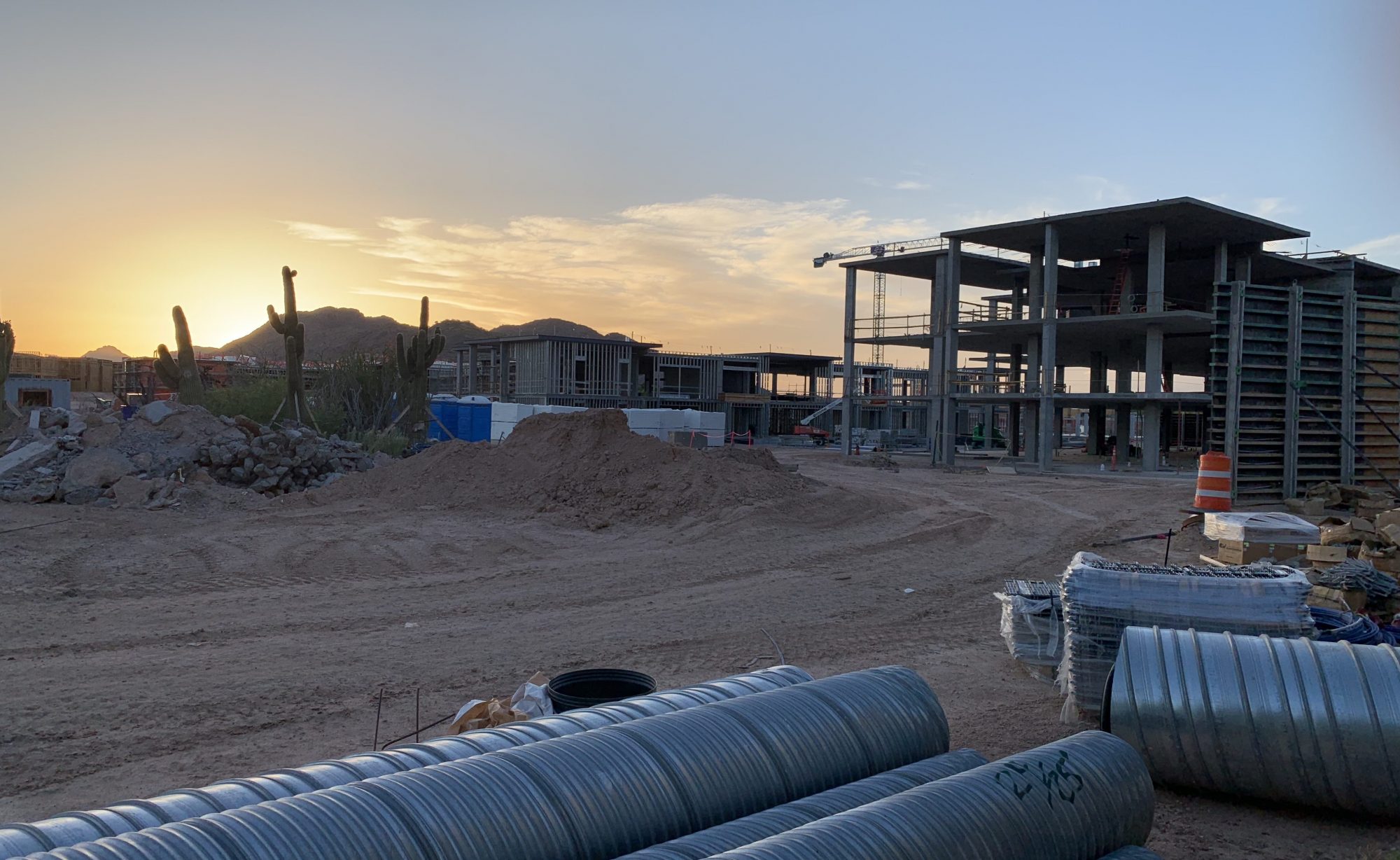 A “cardinal change” has nothing to do with the football team, the baseball team, or, for that matter, the bird. It is, instead, an important legal concept for contractors to understand. Where applicable, the cardinal change doctrine puts limits on the amount of changed work or extra work that can be ordered under the changes clause of a construction contract. I recently dealt with the doctrine in connection with my practice. Here are the basics.
A “cardinal change” has nothing to do with the football team, the baseball team, or, for that matter, the bird. It is, instead, an important legal concept for contractors to understand. Where applicable, the cardinal change doctrine puts limits on the amount of changed work or extra work that can be ordered under the changes clause of a construction contract. I recently dealt with the doctrine in connection with my practice. Here are the basics.
Cardinal Changes Defined.
To begin with, the terminology “cardinal change” and “cardinal change doctrine” arise out of federal contracting law. Federal courts have defined cardinal changes as “alteration[s] in the work so drastic that they effectively require[]…contractor[s] to perform duties materially different from those originally bargained for. ” Centex Constr. v. Acstar Ins. Co., 448 F. Supp. 2d 697 (E.D. Va. 2006). More simply put, they are “substantial deviation[s] that change[] the nature of the bargain.” ThermoCor, Inc. v. U.S., 35 Fed. Cl. 480, 40 Cont. Cas. Fed. (CCH) ¶ 76955 (1996). These deviations may consist of a single significant change outside the general scope of the contract or the cumulative effect of multiple changes, none of which alone would be “cardinal.”
The Effect of Cardinal Changes.
Under the cardinal change doctrine, changes deemed “cardinal” on federal projects constitute material breaches of the contract. Generally speaking , the consequences of these breaches are, among other things, that: (1) the contractor may pursue common-law termination and damage remedies; (2) the contractor is protected against abandonment of the contract; and (3) the procedural and damage limitations of the contract are inapplicable. Philip L. Bruner & Patrick J. O’Connor, Jr., Bruner & O’Connor on Construction Law § 4:13.
The cardinal change doctrine is a byproduct of the unilateral changes clause found in federal construction contracts. The clause (which is conceptually similar to typical changes clauses) requires contractors to perform all directed changes “within the general scope of the contract,” whether an “equitable adjustment” to the contract price is agreed upon or must be administratively determined. The cardinal change doctrine provides protection to contractors insofar as it limits the amount of changed work that can be ordered under the changes clause.
Arizona Construction Contracts.
Arizona courts have not directly addressed the cardinal changes doctrine. There are, however, indications that they may enforce the doctrine with respect to public construction contracts.
First, like other state courts, the Arizona Supreme Court has used a separate legal theory to address this issue. Specifically, the Court relied on the concept of quantum meruit in Greenlee County v. Webster, 25 Ariz. 183 , 215 P. 161 (1932). Quantum meruit “is the measure of damages imposed when a party prevails on the equitable claim of unjust enrichment” – i.e., the party renders goods and services in the absence of an unenforceable contract that unjustly enrich the recipient. W. Corr. Grp., Inc. v. Tierney, 208 Ariz. 583, 590, 96 P.3d 1070 (App. 2004). Recovery under quantum meruit (which literally means “as much as he deserves”) is based on the value of goods and services rendered. Landi v. Arkules, 172 Ariz. 126, 135, 835 P.2d 458, 467 (App. 1992).
In Greenlee County v. Webster, the Arizona Supreme Court was tasked with determining whether “material and substantial changes” to a highway construction project fell within the changes clause of the subject contract. In doing so, the Court noted that:
Changes that radically extend the amount of work, or that eliminate large portions of the work, or that greatly increase the cost thereof, are usually not included within the provision allowing alterations or modifications of the plans or specifications. Generally speaking, only such alterations as are incident to and in aid of the main contract are thought to be covered by these provisions.
Greenlee County, 25 Ariz. at 191-92.
The Court ultimately held that the changes at issue in Greenlee County were outside the scope of the subject contract, and that the contractor “might have refused to [perform the changes] without violating any obligation of [its] contract.” Id. at 194. But given that the changed work was already performed, the Court found that the contractor’s proper cause of action was quantum meruit (not breach of contract as the contractor had pled). Id. at 199.
Second, and in addition to the holding in Greenlee County, the Arizona Supreme Court has noted that, in the absence of controlling state authority, it will look to federal contracting law for guidance in connection with public construction contracts. New Pueblo Constructors, Inc. v. State, 144 Ariz. 95, 101, 696 P.2d 185, 191 (1985). Thus, if an Arizona court directly addresses the cardinal changes doctrine in the context of a public contract, the federal authority establishing the doctrine will likely be consider in the court’s decision.
Despite the holdings in Greenlee County and New Pueblo, Arizona courts have not adopted the cardinal change doctrine. Accordingly, Arizona contractors presented with what they believe to be a cardinal change should consult with their attorney to fully understand their rights and obligations.
